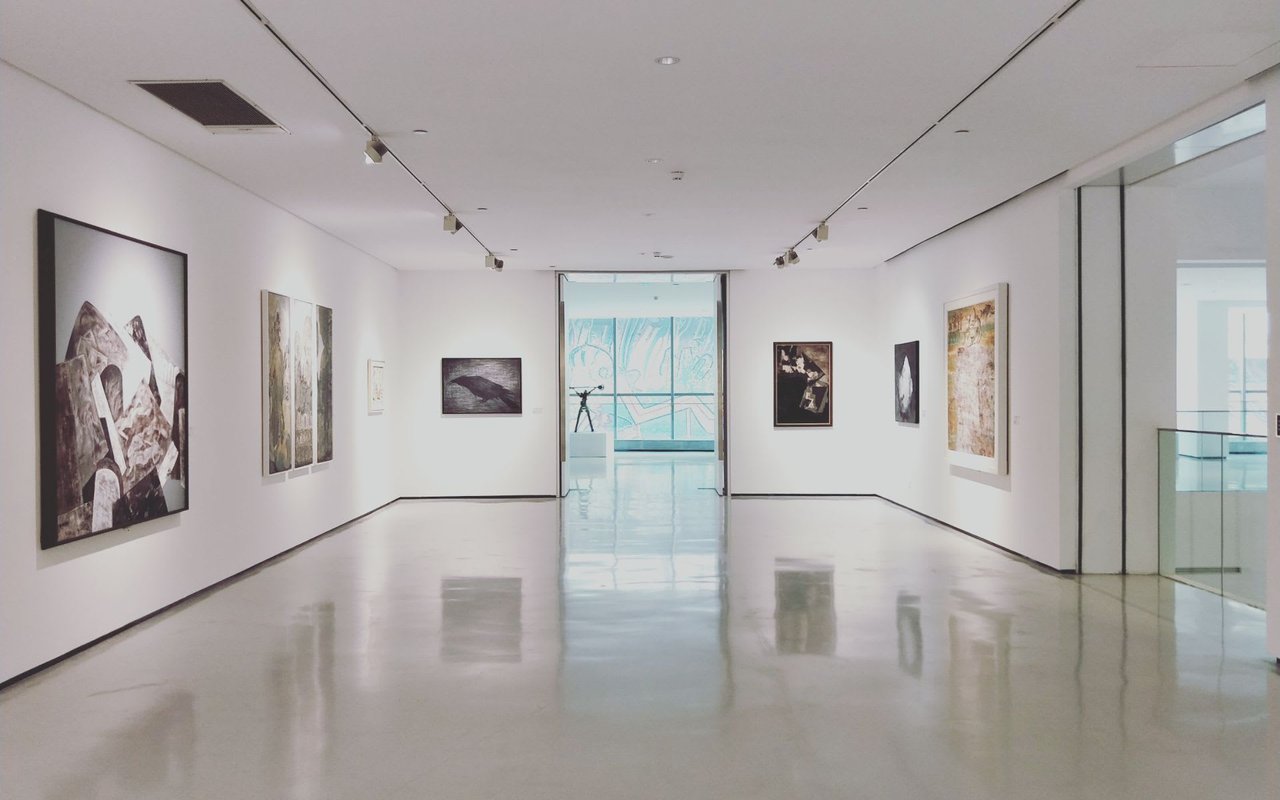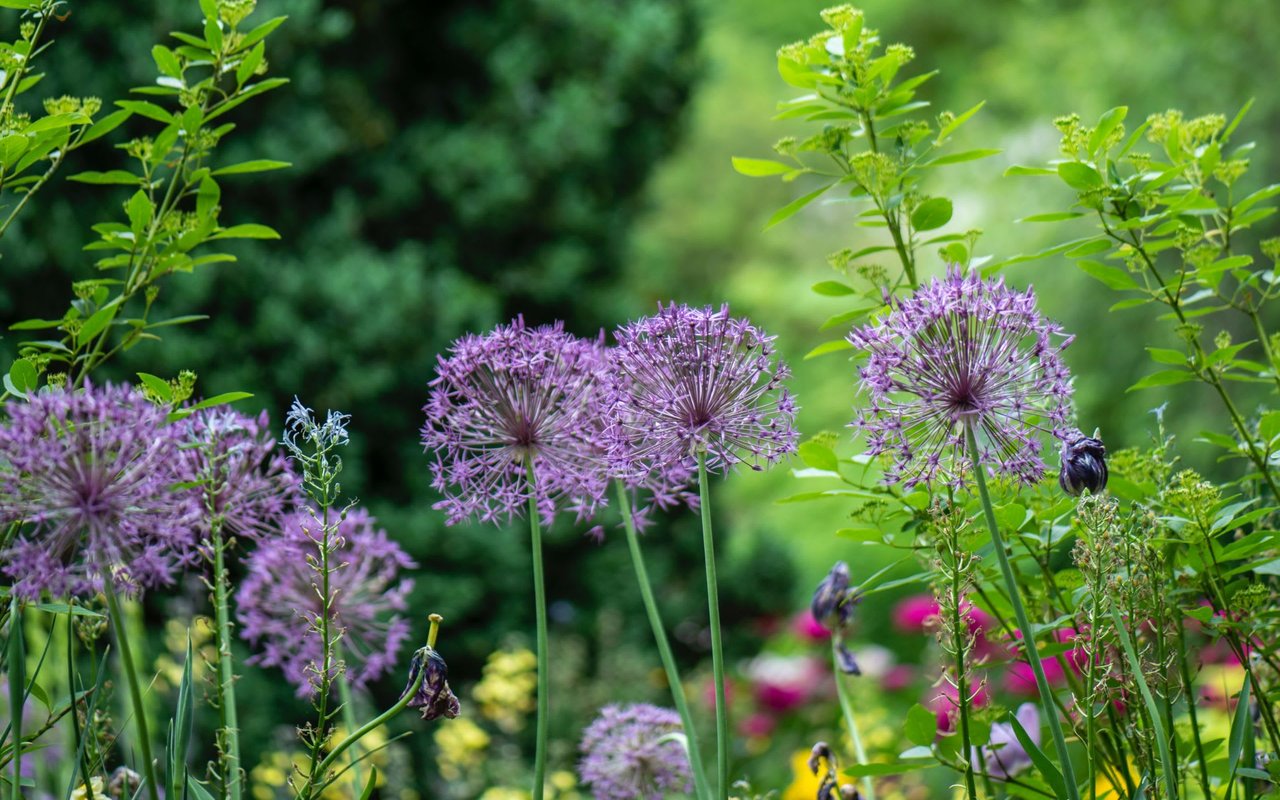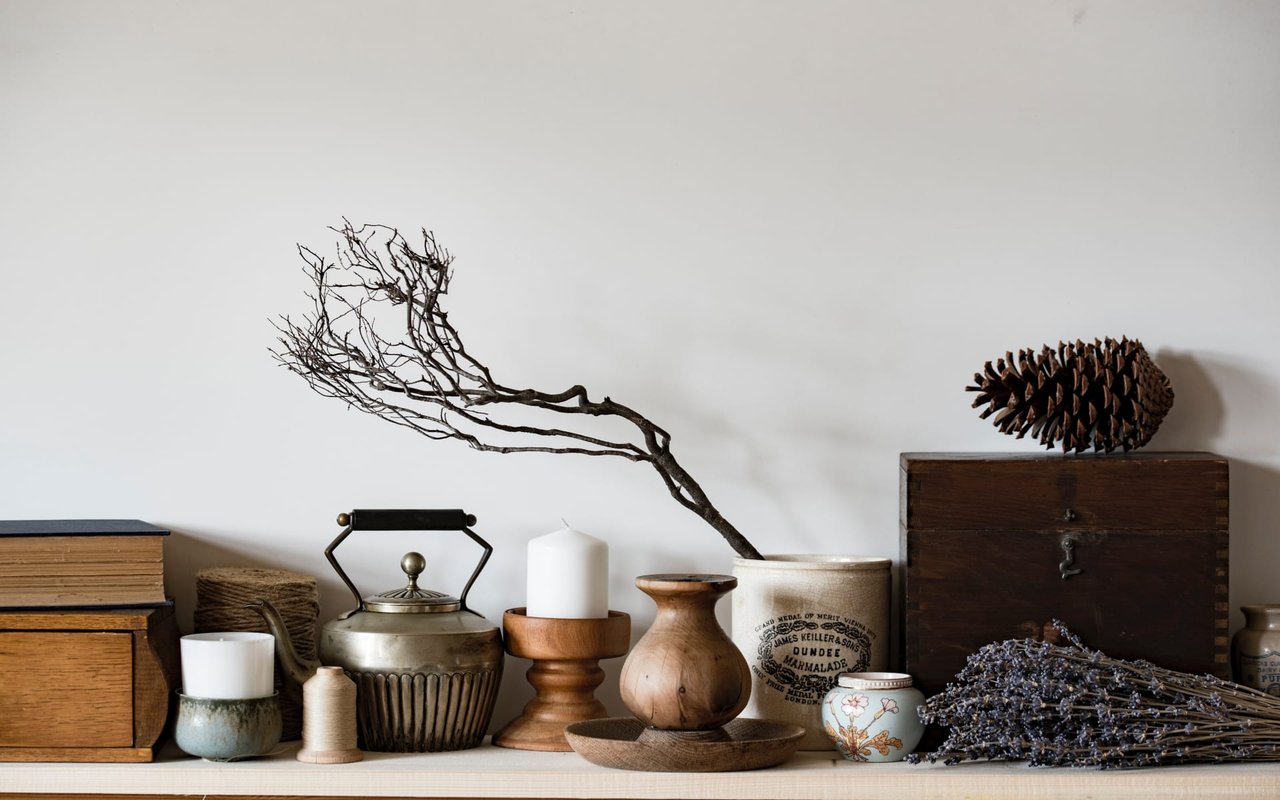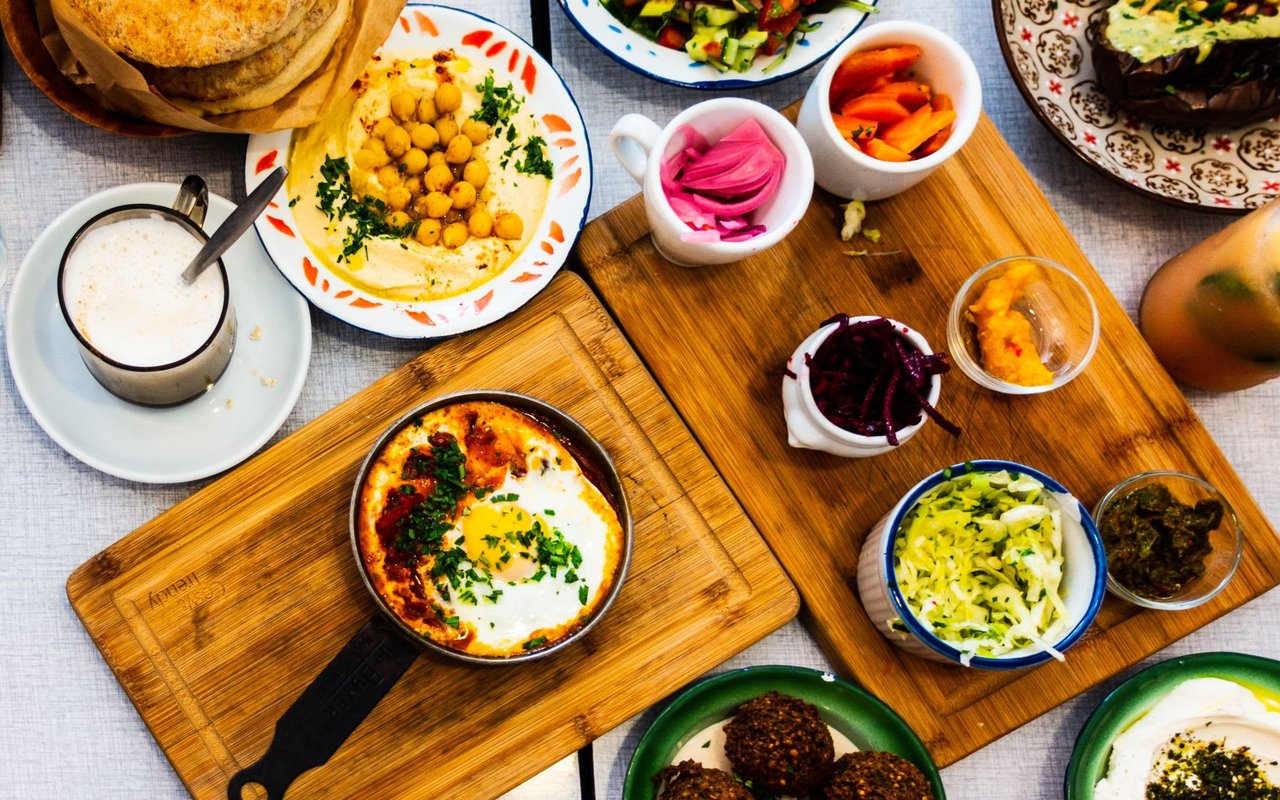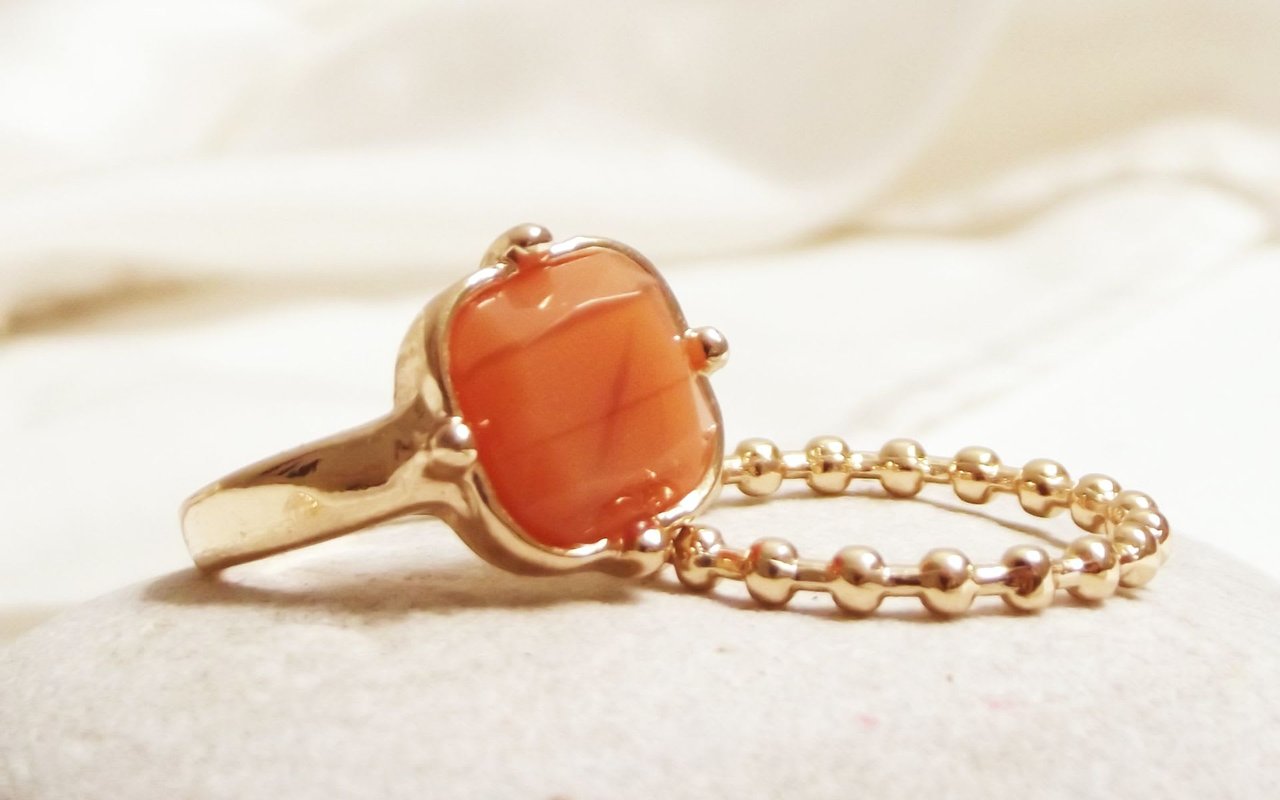We don’t usually repost blogs from elsewhere but this one is important and something we think every girl deserves to read, especially now, as we enter a new world with Black Asian woman as the Vice President of the United States. Isn’t HOPE grand?! If the future is female, the future is now.
Reposted from Messy Nessy Chic:
Let’s Talk About Black Princesses
“Dream with ambition, lead with conviction, and see yourself in a way that others might not see you, simply because they’ve never seen it before”, said Vice President-elect, Kamala Harris, who made history as the first Black and South Indian-American woman to hold the office. In the afterglow of that landmark moment, we’re celebrating with a brief compendium of Black princesses throughout history whose stories celebrate the dynamism of what it means to be a Black woman in some of the oldest political seats in the game: the royal throne. They are creatives, activists, and humanitarians who know how to turn a look, and celebrate African history.
Princess Omo-Oba Adenrele Ademola of Abeokuta
Princess of Nigeria! Princess of nursing! There’s so much to love about Ademola, but her achievements as a healthcare worker especially resonate in 2020. She was the daughter of Alake of Abeokuta, a king of southern Nigeria, which meant that she had to juggle her role as princess abroad –and nursing school student – when she moved to London at 22-years-old.
She became a significant figure in nursing at at St Saviour’s ward at Guy’s Hospital in London and “a glowing role model for the empire”. The British government commissioned a documentary film on her entitled ‘Nurse Ademola’ in the 1940s, but the footage is now considered as a lost film. Throughout their research, The National Archives notes that “five variations of her name have been encountered, even on official records, confusing her presence in the archives, possibly even with others who shared her surname. Such challenges are rife when examining black populations and represent a larger issue: the failure to consider black people/black histories a priority. Contemporarily, the lives of black people were considered ‘second-class’ and therefore detail and accuracy in records were deemed unnecessary”. The research continues.
Princess Elizabeth of Toro
Meet Princess Elizabeth of Toro, the Ugandan Princess, lawyer, actor, top model, Minister of Foreign Affairs and Ambassador to the US, Germany and the Vatican in the 1960s. We’ve dedicated an entire Muse du Jour post to this powerhouse princess, who was also the first East African woman to be admitted to the English Bar, escaped the regime of Ugandan dictator Idi Amin, and cultivated a sense of celebration and love for her country on the world stage that lives on today. “You see, if you look at Uganda, nothing is lacking,” she once told The Chicago Tribune, “We have the resources, the climate is wonderful. It’s like a garden. Everything is there.” Her life story reads like one of those tales you just don’t get anymore – a flurry of retro adventures in high fashion, rubbing shoulders with Jackie Kennedy Onassis, all while championing Ugandan autonomy abroad. Scoop her autobiography here.
Princess Sara Gizaw
Renowned as “one of the most beautiful women of the Ethiopian Court,” Princess Sara Gizaw was not only a vintage style maven, but a woman of fierce character and endurance who participated in countless goodwill works, but again, her historical records are patchy at best. She lost her husband in a fatal 1957 car crash, and following the Marxist revolution that sent her father in law, Ethiopia’s then Emperor, Haile Selassie, into exile, she was imprisoned without trial alongside six fellow women of the Imperial Family in 1974. After almost 15 years of imprisonment, she was released – and lived to 90-years-old, passing away just last year.
Princess Esther Kamatari of Burundi
“Abahuza” means “bringing people together” – a beautiful sentiment for the political party spearheaded by our next princess, Esther Kamatari. She grew up as a member of the Burdunian royal family, but fled to Paris when her kingdom was violently overthrown in the 1960s.
She was only 13 when her father was assassinated. “At that time I was hungry, I was supposed to work,” she told Insider in the spring of 2020, “When you arrive from very far in a society that you are going to live, you have to work.” So she hit the ground modelling, and became the first Black model on the French high fashion scene, as a face for Pucci, Paco Rabanne, and Jean-Paul Gaultier.
Kamatari saw fashion as a platform to celebrate inclusivity, training models for an annual fashion show, “Culture and Creation,” that continues to bring together design talent from 40 nations. She also ventured into politics as the head of the new monarchist political party, Abahuza, which seeks to unite the country under democratic governance. Through Kamatari’s vision, monarchical reinstitution becomes a symbolic gesture – a reclaiming of her country’s history, and a way to pave the road for democratic processes in the future. Now 68, she currently lives in Paris and you can follow her on Instagram.
Princess Bamba Müller
Known as the “African Princess of India” and a “real life Cinderella,” Müller was born to a German banker and his Ethiopian mistress, an enslaved Coptic Christian woman. Hence, Müller’s upbringing by Christian missionaries in Cairo, where she also began a correspondence with the “Black Prince of Perthshire,” Maharaja Duleep Singh, who was on the lookout for a potential bride at the missionary. They married in Egypt in 1864, then sailed to England where Bamba was well-received at Queen Victoria’s court. Bamba had gone from illegitimate child to being a Maharani. She raised six children in England – one of which was Sophia Alexandria, who would become a prominent suffragette and one of the earliest women of Indian descent to champion for women’s rights in the UK.
Princess Fatima Massaquoi of Liberia
Because we love a bookish princess. Fatima Massaquoi was born into Liberian royalty in the Garwula Fistrict of Grand Cape Mount County (her paternal grandfather was King Lahai Massaquoi of the Gallinas). She completed her schooling in the Germany and the United States, studying medicine, anthropology, sociology and more, so that upon her return to Liberia she could make real change in education.
When she came back to Liberia in the 1940s, she helped establish what would become the University of Liberia, where she served as the director and dean. She also founded the Institute of African Studies and co-founded the Society of Liberian Authors, helping abolish the practice of usurping African names for Western academia. Massaquoi knew that language matters within matters of academic representation, and was a tireless student of, and champion for, the “Vai” language of Liberia, for which she produced a dictionary. She is owed a huge debt for standardizing the Vai language, and her commitment to national cultural preservation and expansion. After Massaquoi’s death, her writings and notes were rediscovered, edited and published in 2013 as The Autobiography of an African Princess.
Princess Omoba Aina of West Africa
You may know her as Queen Victoria’s Black goddaughter, Sara Forbes Bonetta. But before she was kidnapped, enslaved, renamed, and corseted-up in England, she lived as Egbado Princess Omoba Aini in West Africa. Hers is a story of resilience in the face of oppression that deserves its own article, and a story that shows what it was like for a formerly enslaved woman to suddenly function “freely” at the whim of Queen Victoria, who has often been championed as her ally and friend by many a text book.
“Where do you start?” says English Heritage historian Anna Eavis on the many (many) layers of her story, “Her story is an extraordinary one.” Extraordinary but not impossible, as there were certainly other Black and brown folks living in colonialist England, mitigating various social strati – but not having their stories put to paper. Simply put: we are lucky to have Aina’s recorded.
Princess Ariana Austin of Ethiopia
Talk about a real-life “Coming to America” love story. Let’s jump forward in history to 2005, when American woman Ariana Austin was just another whip-smart, Ivy League-slated young woman on her way to let off some steam at a club in Washington, DC. She found love at the bar in Ethiopian prince, Joel Dawit Makonnen, who initially didn’t tell her about his royal status – in fact, he used a pretty fantastically cheesy pickup line, saying Austin and her pal looked like “an ad for Bombay Sapphire.” Gotta love it.
After about a decade of dating, they tied the knot in 2017. “My heart felt so full of pride,” Austin, who identifies as African American and Guyanese, told Vogue, “I was carried away to my home country and into the millenary tradition of my ancestors.” Ariana has a bachelor’s degree in English literature from the historically Black, Fisk University as well as a master’s degree in arts education and creative writing from Harvard University. She founded and directed Art All Night, an evening arts festival in Washington, D.C and serves as the Goodwill Ambassador of Friends of Guyana. With her husband, she also produces documentaries and films focused on the African diaspora. Follow her on Instagram here.
“MY MOTHER HAD A SAYING: 'KAMALA, YOU MAY BE THE FIRST TO DO MANY THINGS, BUT MAKE SURE YOU'RE NOT THE LAST.’” - VICE PRESIDENT ELECT, KAMALA HARRIS











